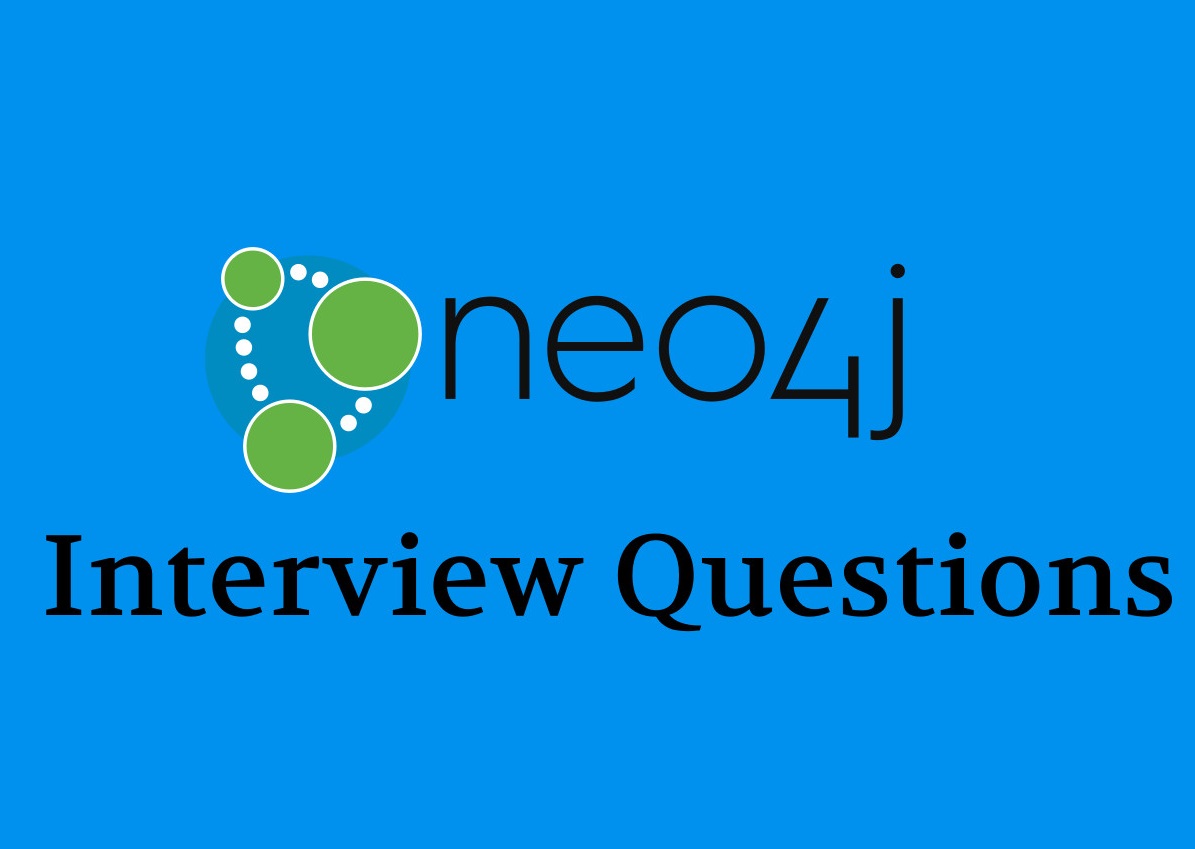Neo4j is open source database which gives you certain advantages involving security likelihood of remaining available into the future support options and cost. It is currently the most popular graph database in use.Neo4j is designed to be transnational in nature and acid complaint and it also designed for scalability which means if you need to work with massive data in a distributed environment Neo4j will do that.
There are only three basic items in Neo4j the first is a Node which you think as a document that has certain properties and the properties are typically stored in the Key value pairs very similar to document databases such as MongoDB.There are also Edges that in Neo4j are called relationships between the different nodes and those relationships are also store properties, so Neo4j is also described as a Property graph model.


